Lady Well, Thirsk
“An old historian of the town says: "In the marsh near the church flows a spring of pure and excellent water, commonly called Lady Well, doubtless a name of no modern description." Yorks. Folk-lore, p. 199. . [The Legendary Lore of the Holy Wells of England by Robert Charles Hope (1893)]

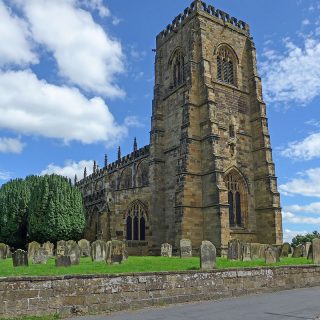
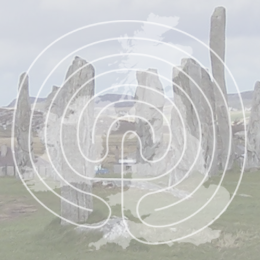
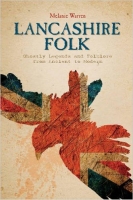
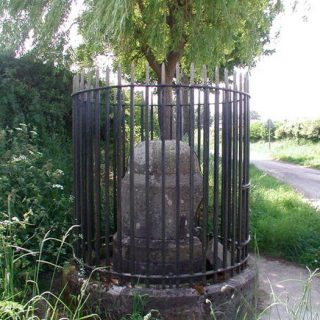
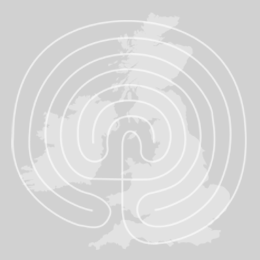
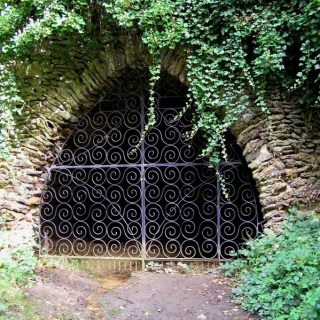
Recent Comments